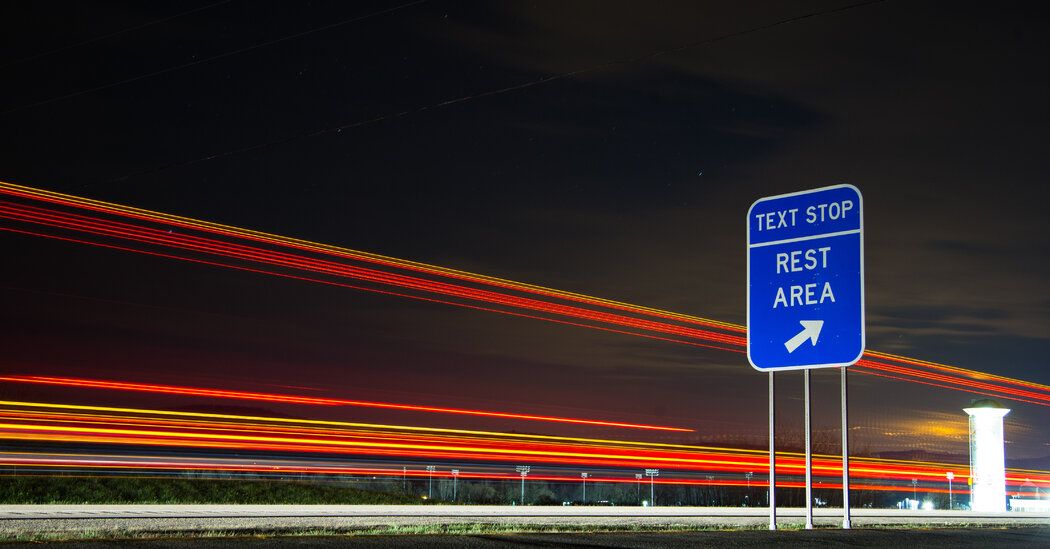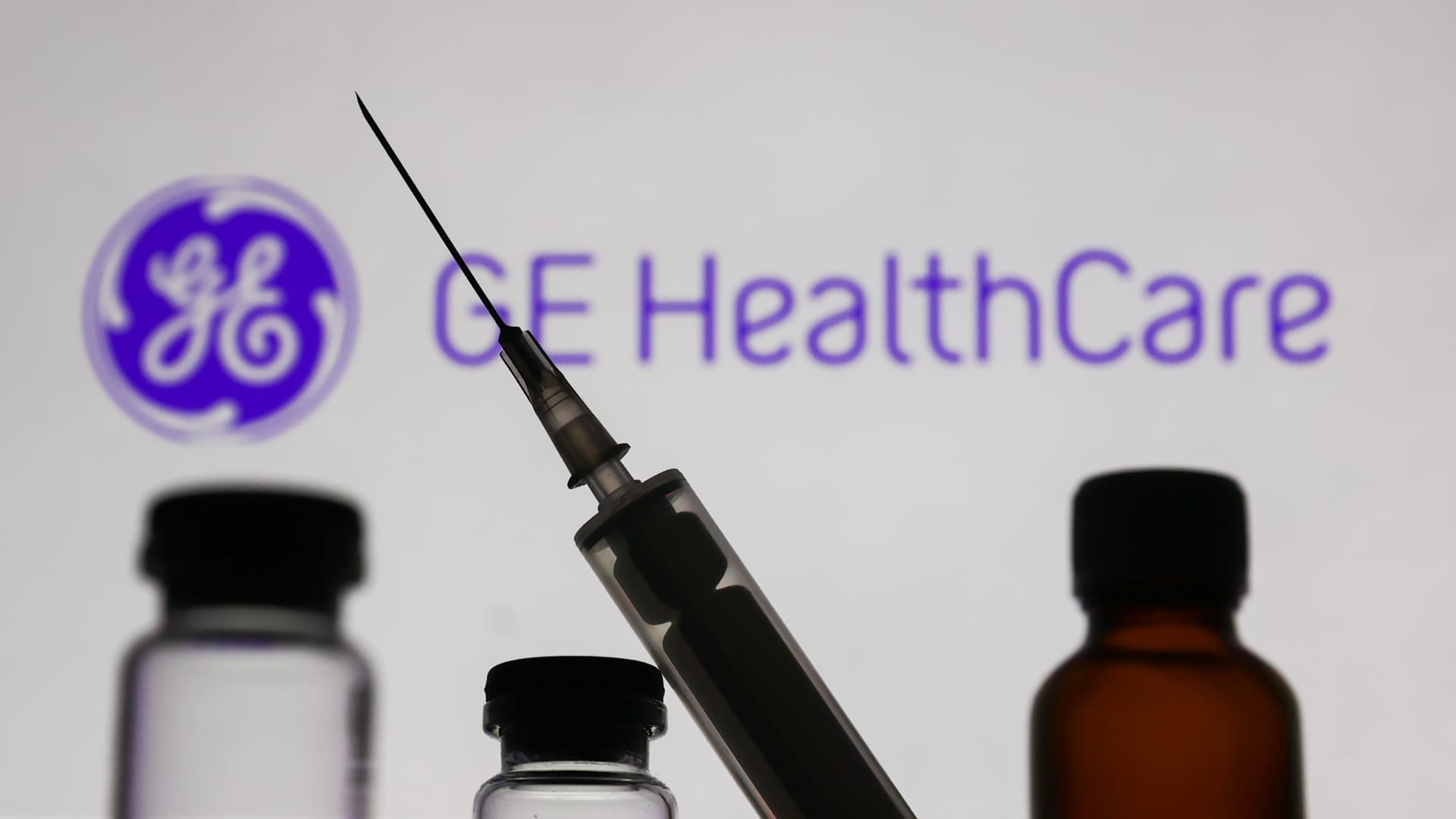Mobile phones can track what we say and write, where we go, what we buy, and what we search for on the Internet. But they are not yet used to track one of the biggest threats to public health: accidents caused by drivers distracted by phones.
More than a decade after federal and state governments realized the dangers posed by cell phone use while driving and began enacting laws to stop it, there is no definitive database on the number of accidents or deaths. caused by mobile phone distraction. Security experts say current estimates likely underestimate a worsening problem.
The lack of clear data comes as collisions are increasing. Police-recorded car accidents increased 16 percent between 2020 and 2021, to 16,700 per day from 14,400 per day, according to the National Highway Traffic Safety Administration (NHTSA). In 2021, nearly 43,000 Americans died in crashes, a 16-year high.
In 2021, according to the transit agency, only 377 fatal accidents (just under 1 percent) involved a driver distracted by a cell phone. About 8 percent of the 2.5 million nonfatal crashes that year involved a cell phone, according to highway agency data.
But those numbers don't reflect all the distractions caused by cell phones; They include only accidents in which a police report specifically mentions such distraction. Often, safety experts said, cell phone use is not mentioned in such reports because it usually depends on a driver admitting to distraction, a witness identifying him or her, or, in even rarer cases, the use of cell phone records. or other phone forensics that definitely show distraction.
“That analysis is expensive, and unless police really believe there's a criminal case, they don't do it,” said Dr. David Strayer, a cognitive scientist at the University of Utah and an expert on the science of driver distraction. He added that “unless someone confesses to using the phone, police don't consider it a factor.”
Security experts said the current data was indeed unscientific and inaccurate.
“This is almost certainly an underestimate, because people don't like to admit things like that,” said Jake Nelson, AAA's director of Traffic Safety Research and Advocacy. “It's very frustrating to me that we don't have access to better data, especially now that we're at the highest level in 16 years,” he added, referring to traffic deaths.
NHTSA admitted that there was significant underreporting of distractions when it came to accidents. In a statement provided to the New York Times, the agency said it was “actively participating in studies to examine the ability to measure the prevalence of roadside distraction.”
Drivers may not admit to distractions to police, but they do admit to the behavior in anonymous surveys. In a nationally representative survey conducted in 2022, the Insurance Institute for Highway Safety found that about 20 percent of drivers said they regularly browse social media, read emails, play games, watch videos or They recorded and posted while driving.
The data, published in the Journal of Safety Research, found that 50 percent of drivers admitted to engaging in device-related distractions in the past 30 days. Research also shows that drivers who perform such tasks face a higher risk of having an accident if they take their hands off the wheel and their eyes and attention off the road; The Centers for Disease Control and Prevention notes that “at 55 miles per hour, sending or reading a text message is like driving the length of a football field with your eyes closed.”
“People who regularly use their devices are minimizing the risks,” said Aimee Cox, a research scientist at the Highway Safety Institute and contributing author of the Journal of Safety Research paper. She added that the public can find it relatively easy to downplay risks when there is no clear database or source of information that makes it clear how many accidents and deaths the behavior causes.
“I wonder if that's fueling risk minimization,” he said.
Technologically, phones are able to connect the time of a car accident and the way the driver was using the phone at the time, Dr. Strayer said. This is because phones are equipped with sensors and other tracking and surveillance technologies that are typically used for marketing, step measurement, and other functions.
“Your phone leaves a lot of breadcrumbs, but no one looks at them,” he said.
Dr. Strayer, who advises on criminal and civil legal cases involving distracted driving, said that in the past two months he had consulted on two death cases in which police did not do cell phone forensics “but could use the existing phone data to show definitive usage.”
Privacy laws limit the cell phone data that can be collected in accidents, even when the phones collect all kinds of information about their users, AAA's Nelson said.
Several ideas are being proposed that could help reduce distracted driving without affecting civil liberties. One idea, Nelson said, would involve using roadside cameras that identify drivers who are looking at their phones or are otherwise distracted and automatically alert police officers further down the road. Cameras on roads and highways are already used to identify speeding drivers.
A study published in October by the Insurance Institute for Highway Safety found that cameras “are reasonably accurate approaches to measuring the prevalence of cell phone distractions on the road.”












